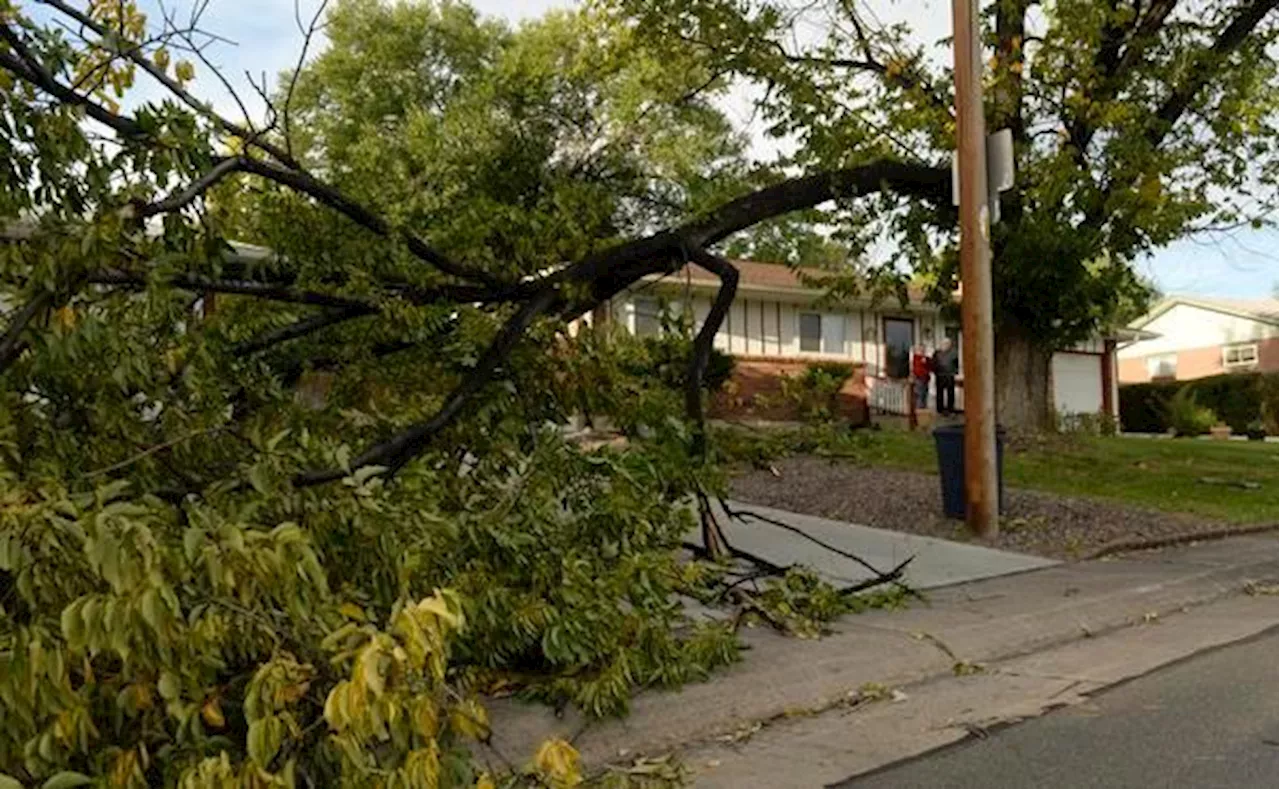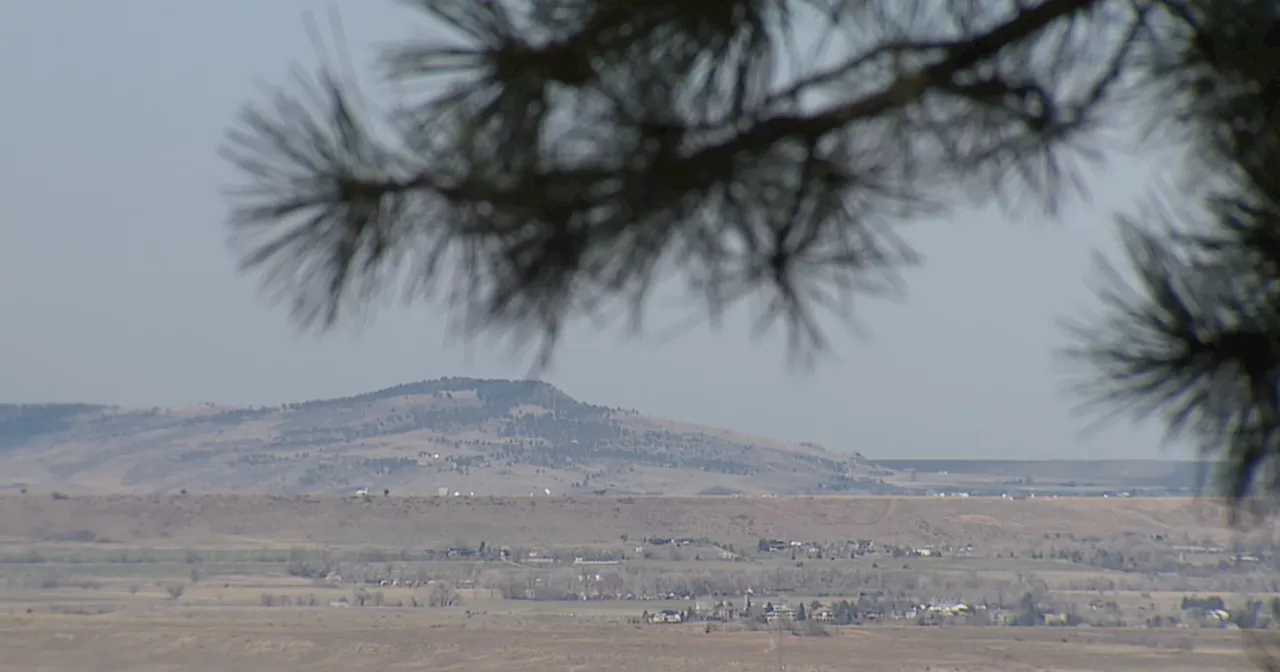Science, Space and Technology News 2024
This artist’s concept shows what the hot gas-giant exoplanet WASP-43 b could look like. WASP-43 b is a Jupiter-sized planet circling a star roughly 280 light-years away, in the constellation Sextans. The planet orbits at a distance of about 1.3 million miles , completing one circuit in about 19.5 hours. Because it is so close to its star, WASP-43 b is probably tidally locked: its rotation rate and orbital period are the same, such that one side faces the star at all times.
Because it is tidally locked, different sides of WASP-43 b rotate into view as it orbits. The system appears brightest when the hot dayside is facing the telescope, just before and after the secondary eclipse when the planet passes behind the star. The system grows dimmer as the planet continues its orbits and the nightside rotates into view.
Since its discovery in 2011, WASP-43 b has been observed with numerous telescopes, including NASA’s Hubble and now-retired Spitzer space telescopes., we could clearly see that there is water vapor on the dayside. Both Hubble and Spitzer suggested there might be clouds on the nightside,” explained Taylor Bell, researcher from the Bay Area Environmental Research Institute and lead author of a study published on April 30 in.
Researchers use phase curves to study variations in reflectivity and temperature of a planet with longitude , which can provide insight into the surface composition and atmospheric conditions of the planet.Although WASP-43 b is too small, dim, and close to its star for a telescope to see directly, its short orbital period of just 19.
“The fact that we can map temperature in this way is a real testament to Webb’s sensitivity and stability,” said Michael Roman, a co-author from the University of Leicester in the U.K. The spectra show clear signs of water vapor on the nightside as well as the dayside of the planet, providing additional information about how thick the clouds are and how high they extend in the atmosphere.of methane anywhere in the atmosphere. Although the dayside is too hot for methane to exist , methane should be stable and detectable on the cooler nightside.
United States Latest News, United States Headlines
Similar News:You can also read news stories similar to this one that we have collected from other news sources.
 100 mph winds possible in Colorado, high gusts expected in Denver this weekendJeff is a digital journalist with the Denver7 team.
100 mph winds possible in Colorado, high gusts expected in Denver this weekendJeff is a digital journalist with the Denver7 team.
Read more »
 'Critical fire danger': Colorado could see 100+ mph winds this weekendMuch colder air with gusting winds, rain and snow moves back into the state Saturday.
'Critical fire danger': Colorado could see 100+ mph winds this weekendMuch colder air with gusting winds, rain and snow moves back into the state Saturday.
Read more »
 Denver weather: Damaging winds to bring high fire danger, threat of 100 mph gustsAs of Saturday morning, maximum gusts were expected to be in the 60 mph to 65 mph range in Denver, in the 75 mph to 80 mph range in the foothills west of the city, and in the 80 mph to 85 mph range…
Denver weather: Damaging winds to bring high fire danger, threat of 100 mph gustsAs of Saturday morning, maximum gusts were expected to be in the 60 mph to 65 mph range in Denver, in the 75 mph to 80 mph range in the foothills west of the city, and in the 80 mph to 85 mph range…
Read more »
 Colorado weather blog: Dangerous winds with gusts up to 100 mph possible for the foothillsRobert Garrison is a Colorado native who grew up in Montrose and attended Colorado Mesa University in Grand Junction. He is an AP award-winning journalist who joined Denver7 in August 2016 after working for several other stations across Colorado and Oklahoma over the past decade.
Colorado weather blog: Dangerous winds with gusts up to 100 mph possible for the foothillsRobert Garrison is a Colorado native who grew up in Montrose and attended Colorado Mesa University in Grand Junction. He is an AP award-winning journalist who joined Denver7 in August 2016 after working for several other stations across Colorado and Oklahoma over the past decade.
Read more »
 Manor neighborhood hit by an EF-1 tornado with 110 mph windsUPDATE 7:44 p.m. 4/29/2024:The National Weather Service (NWS) confirms that an EF-1 tornado hit Manor and the ShadowGlen neighborhood on Sunday morning. The to
Manor neighborhood hit by an EF-1 tornado with 110 mph windsUPDATE 7:44 p.m. 4/29/2024:The National Weather Service (NWS) confirms that an EF-1 tornado hit Manor and the ShadowGlen neighborhood on Sunday morning. The to
Read more »
